Everyone already knows the Spring model of the Romanian manufacturer Dacia and it is no longer a surprise that it stormed the Romanian electric car market.
Of course, there are criticisms related to Dacia Spring, especially since the car is produced in China and we all know the reluctance of buyers toward Chinese products. The manufacturer's decision to brand and then sell the Spring model under the Dacia logo proved successful as the model entered the top 10 most registered electric vehicles in Europe in 2022.
On the Romanian market, Spring is by far the most beloved model, both due to the affordable purchase price and the technical specifications that cover most urban mobility needs. Over 30% of the electric car fleet is represented by Dacia Spring in Romania.
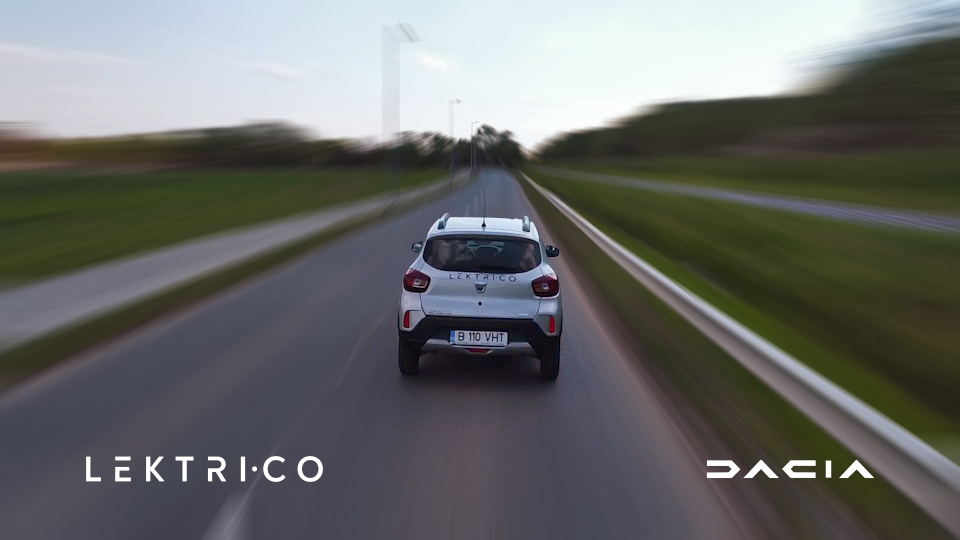
With the help of our partners from Auto Europa Timișoara, we also had the chance to test the Dacia Spring for a week and find out if it really covers most use cases.
Our colleagues from SafeFleet provided us with a GPS monitoring device to collect statistical data on our journeys.
The tests we conducted were divided into two usage categories: company car and private car.
The user was our colleague Bogdan, who is part of the technical department and had a trip from Timișoara to Arad to check one of the chargers installed at Moemax Arad.
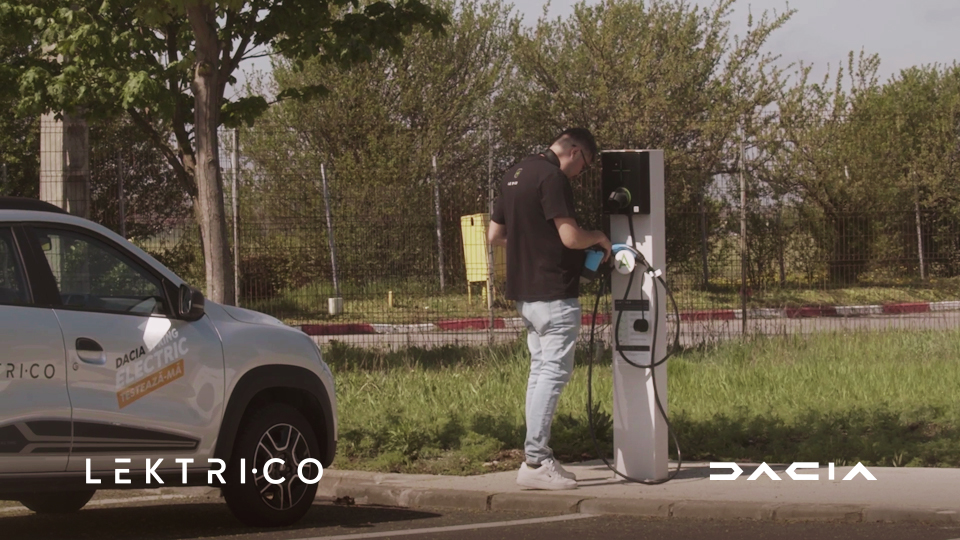
Bogdan charged the car battery at one of the stations installed in the parking lot of our headquarters and traveled 75 km to his destination. This distance was traveled on the highway with maximum speeds between 100-110 km/h.
On the way back, he decided to change the route and drove on the national road between Arad and Timisoara to avoid the congestion at the motorway exit, thus driving 57 km to our office.
The travel data can be found in the following table:
| Distance | Consumption [kWh/100km] | V med [km/h] | Charged energy [kWh] | Driving duration [h] | Pause duration [h] | |
| TOTAL | 132.12 | 14.8 | 62.9 | 18.974 | 2:23:40 | 1:11:22 |
The running costs for our colleague's trip were 32.4 RON/100km, equivalent to a consumption of 3.7 l/100km considering the petrol price of 8.65 RON/l. Charging was carried out at the fast charger in our office car park, with an electricity cost of 2.19 RON/kWh.
You can read more about the whole trip and Bogdan's opinion about Dacia Spring in the discussion at the end of the article.
During the time I've used this car, I've used it normally, for commuting, shopping, sightseeing, and peri-urban trips.
We drove a total of 286 km with a consumption of 13.3 kWh/100km. This consumption gives a theoretical maximum range of about 200 km, which is enough for normal travel needs, given that the European average is around 30 km/day.
What's interesting to note is that in one week, while we had the car for testing, the driving time was 14h15min and the stationary time was 151h57min (about 6 days). The car was stationary 91% of the time when the average daily distance traveled was almost 60km/day, double the European average.
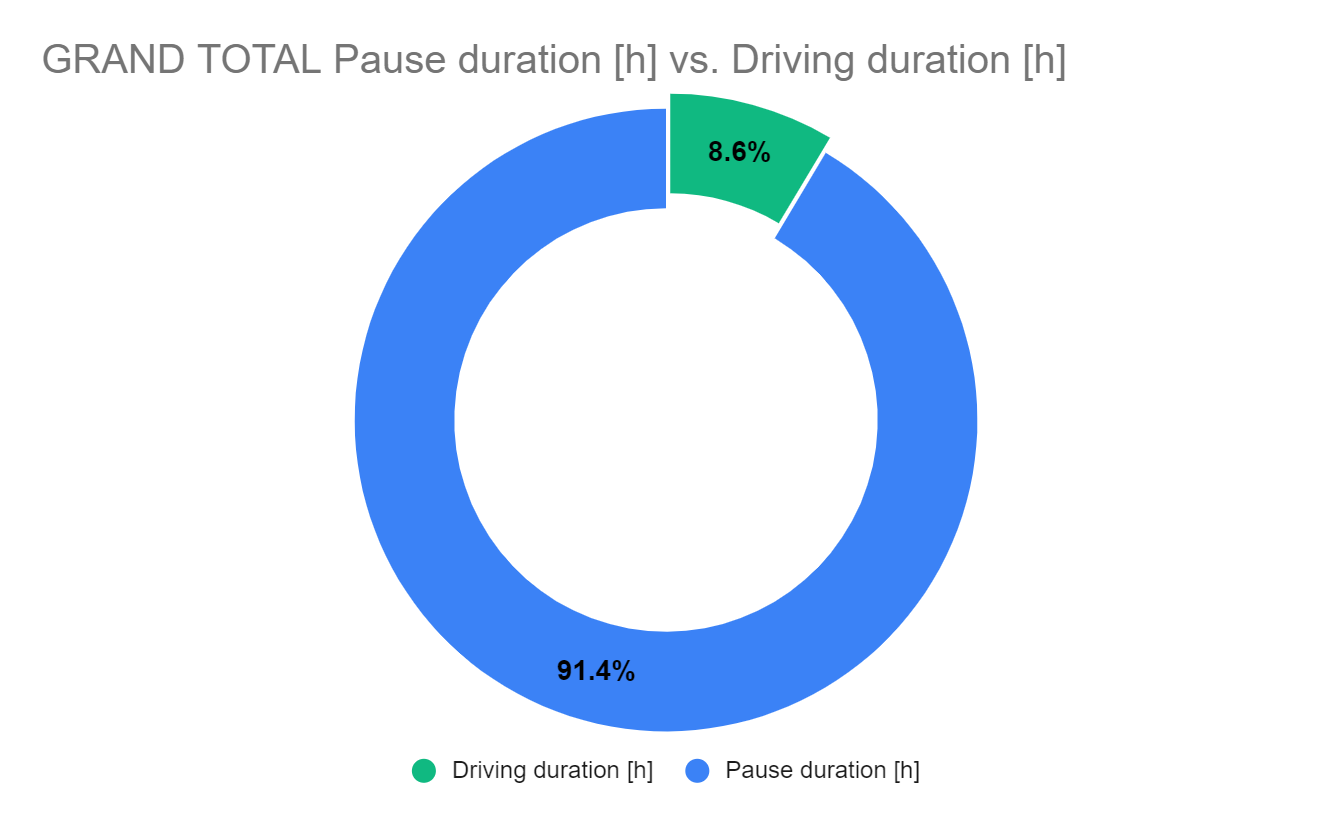
This gives the user plenty of time to charge the car when at work or sleeping. While the car was stationary, its battery could have been fully charged 38 (thirty-eight) times!
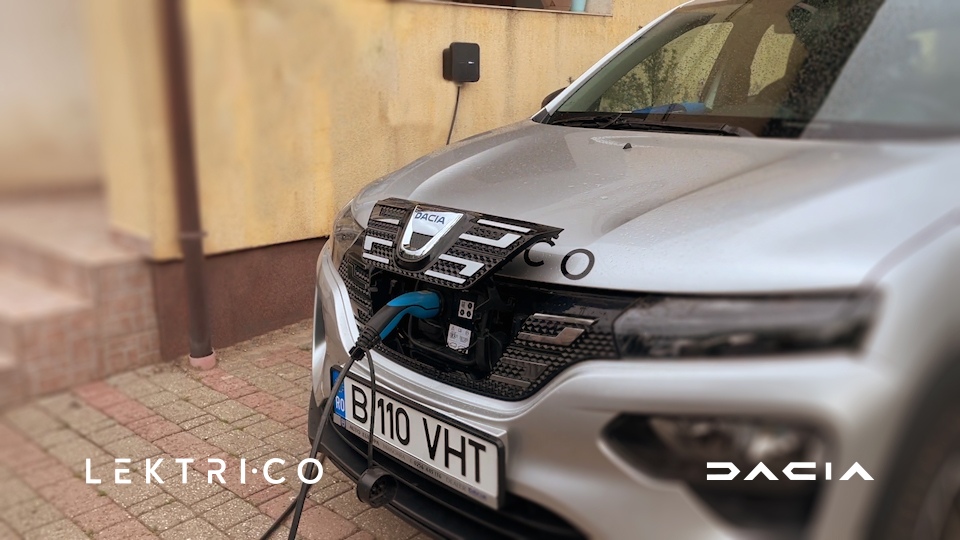
The following table shows the distances traveled between charges, the energy charged, the travel time, and the stationary time of the vehicle.
The charges were carried out at home at an electricity tariff of 1 RON/kWh, which gives a running cost of 13.3 RON/100km or the equivalent of 1.5 l/100km of petrol.
| Nr. | Distance | Consumption [kWh/100km] | V med [km/h] | Charged energy [kWh] | Driving duration [h] | Pause duration [h] |
| 1 | 39.3 | 11.6 | 33.8 | 1:14:47 | 5:54:44 | |
| 2 | 85.9 | 15.3 | 26 | 15.626 | 4: 29:29 | 59:12:01 |
| 3 | 161.22 | 12.6 | 33.8 | 18.714 | 6:07:28 | 85:39:21 |
| TOTAL | 286.42 | 13.27 | 31.46 | 34.34 | 11:51:44 | 150:46:06 |
Altogether, our team drove 418 km in the Dacia Spring, so we could objectively assess the model.
First of all, the purpose and price of the car should be taken into account. Being a budget car, it should be judged as such, and comparisons with premium used cars at the same price are pointless.
At the moment, the Dacia Spring is unrivaled in this compact, city segment, being the most affordable variant, while still offering enough driving range, good safety features, instant acceleration, and a mobile app for climate control and charging.
Running costs must also be taken into account, which for electric cars are much lower than for those equipped with internal combustion engines. The 418 km covered by the Dacia Spring can cost between RON 37 and RON 130, depending on where you charge and the electricity tariff.
We believe the Dacia Spring is the ideal car for last-mile delivery fleets, food deliveries, service, and intervention cars, but also for private users who spend most of their time driving within cities and we encourage all companies to consider electrifying their fleets, as we have also been doing.
Watch the following video for images and opinions from our experience with the beloved Dacia Spring.
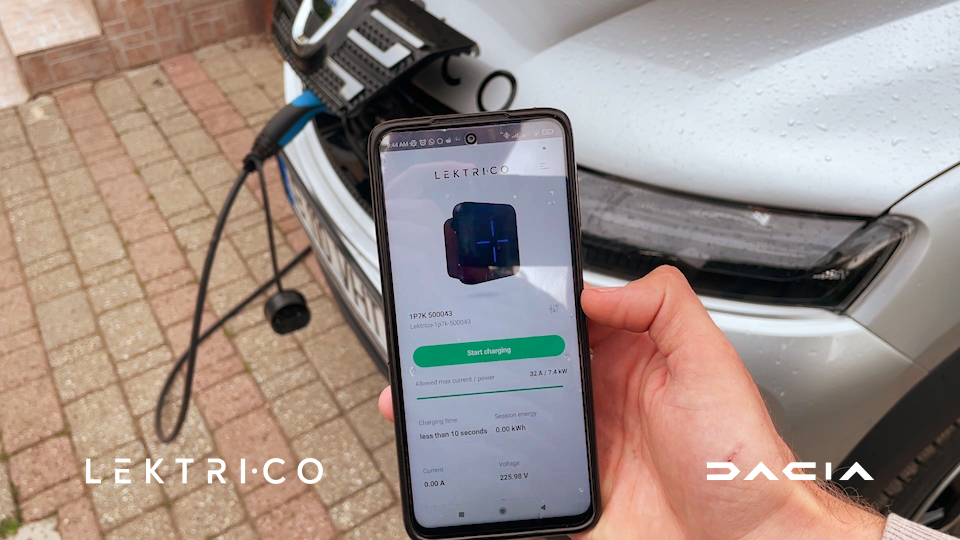
All charging was done at LEKTRI.CO network stations or at home with the LEKTRI.CO 1P7K charger. Dacia Spring charges at AC stations with a maximum power of 7 kW, having a single-phase OBC, so there is no need for expensive, three-phase, high-power stations to charge at home.